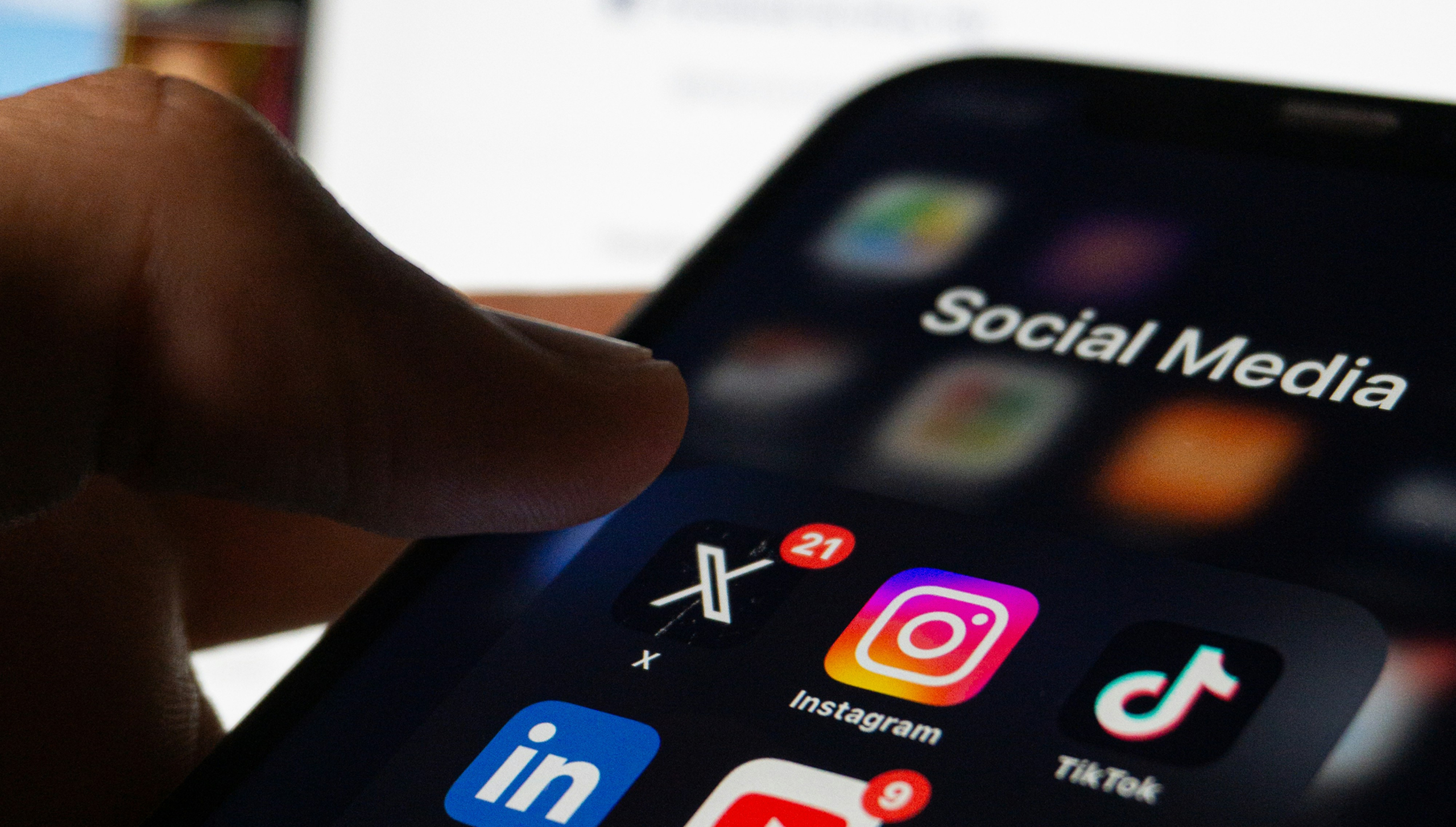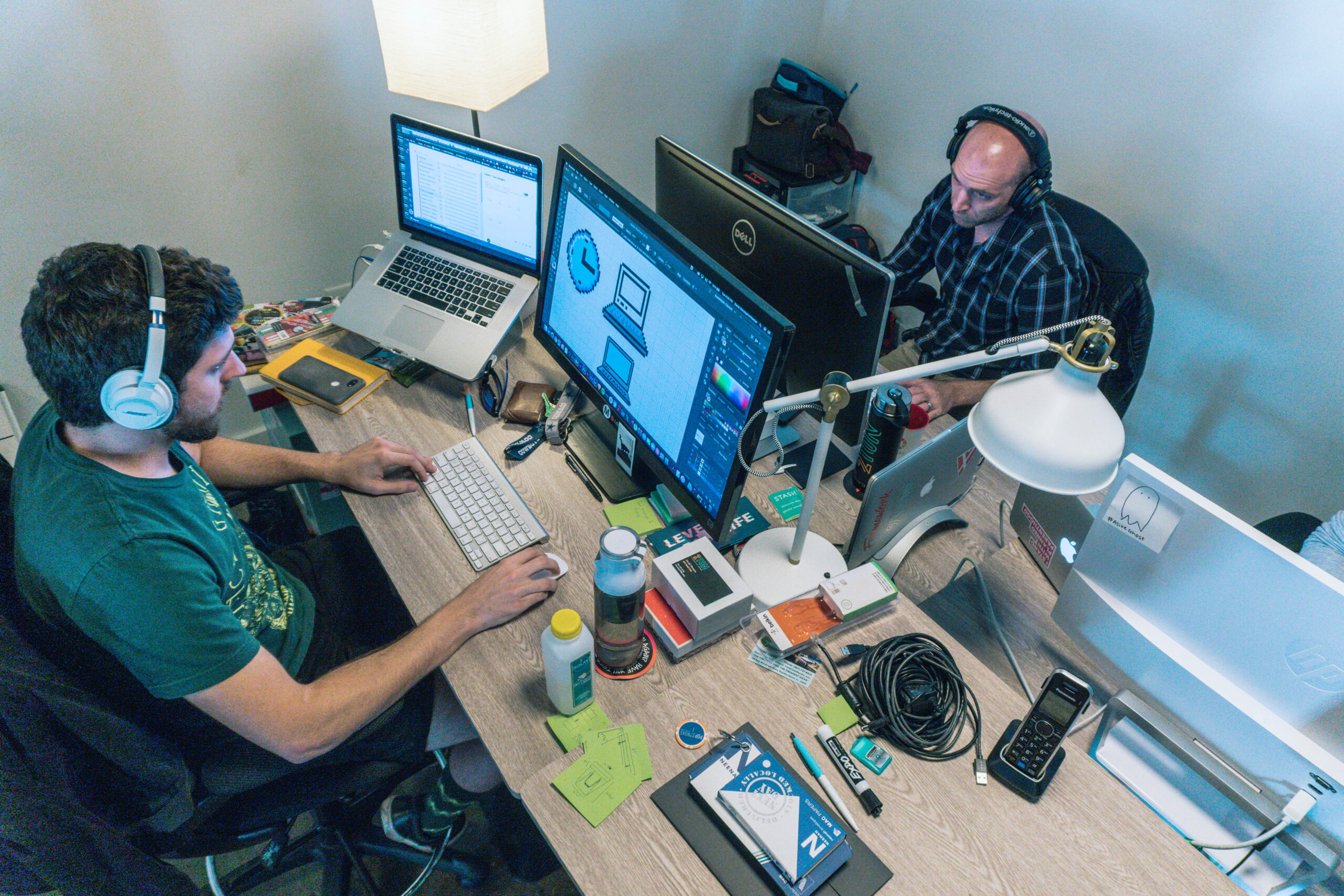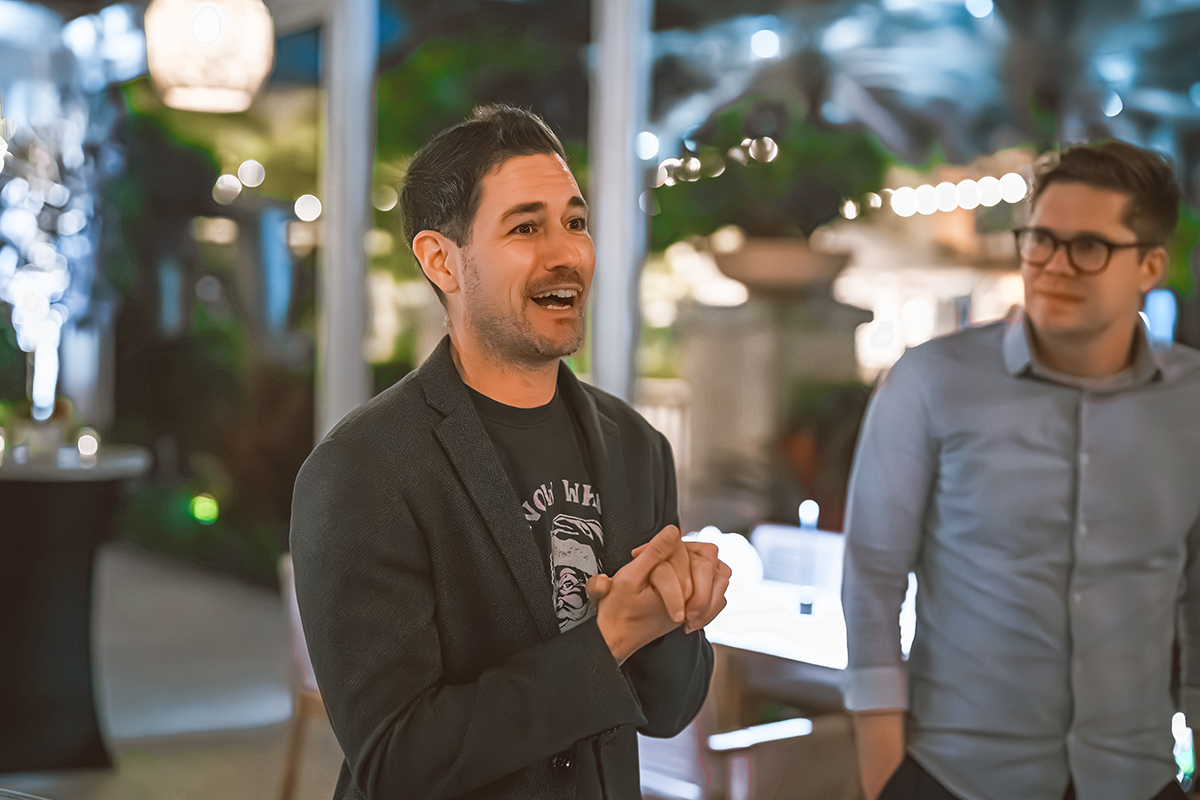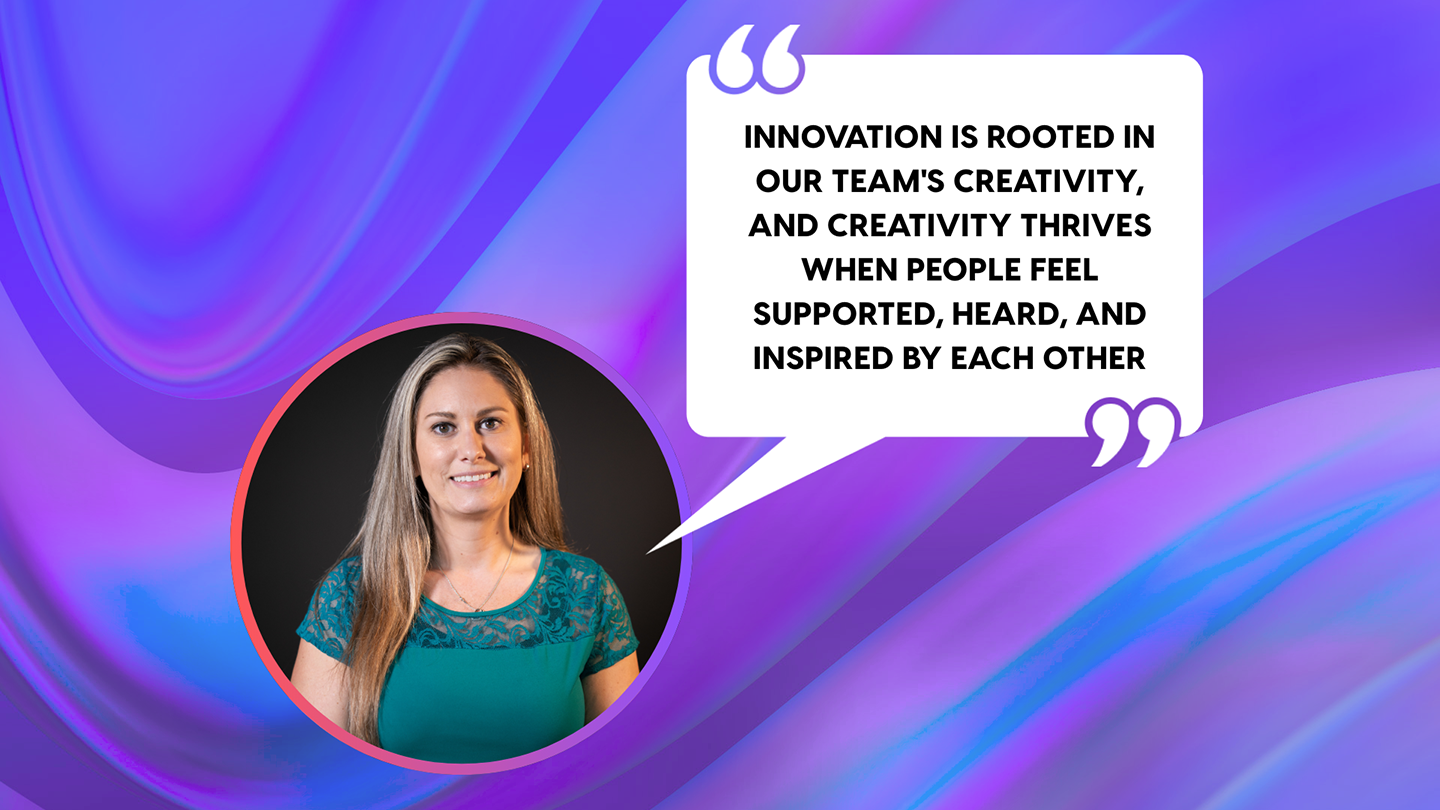
Ever wondered what happens when growth meets purpose? I sat down with Nicole, our Director of Business Development, to dive into her people-first approach to culture, connection, and bold moves.
1. Thank you for joining me! Can you tell me a little bit about yourself?
Hi! Of course, my pleasure! My name is Nicole and I am the Director of Business Development here at 2TON. My main responsibilities include being the first point of contact for a client looking for marketing services, preparing documents accordingly, 2TON’s company culture initiatives and overall team support.
2. What led you to your current role as Director of Business Development?
I originally came to 2TON from a background in education and marketing, stepping into a unique role as the Chief of Happiness, where I focused on client experience and internal culture. As my responsibilities evolved and I became more involved in strategy and growth, I transitioned into the Director of Business Development role. Given my roots in both business and marketing, it was a natural and exciting progression—and one that continues to challenge and inspire me every day.
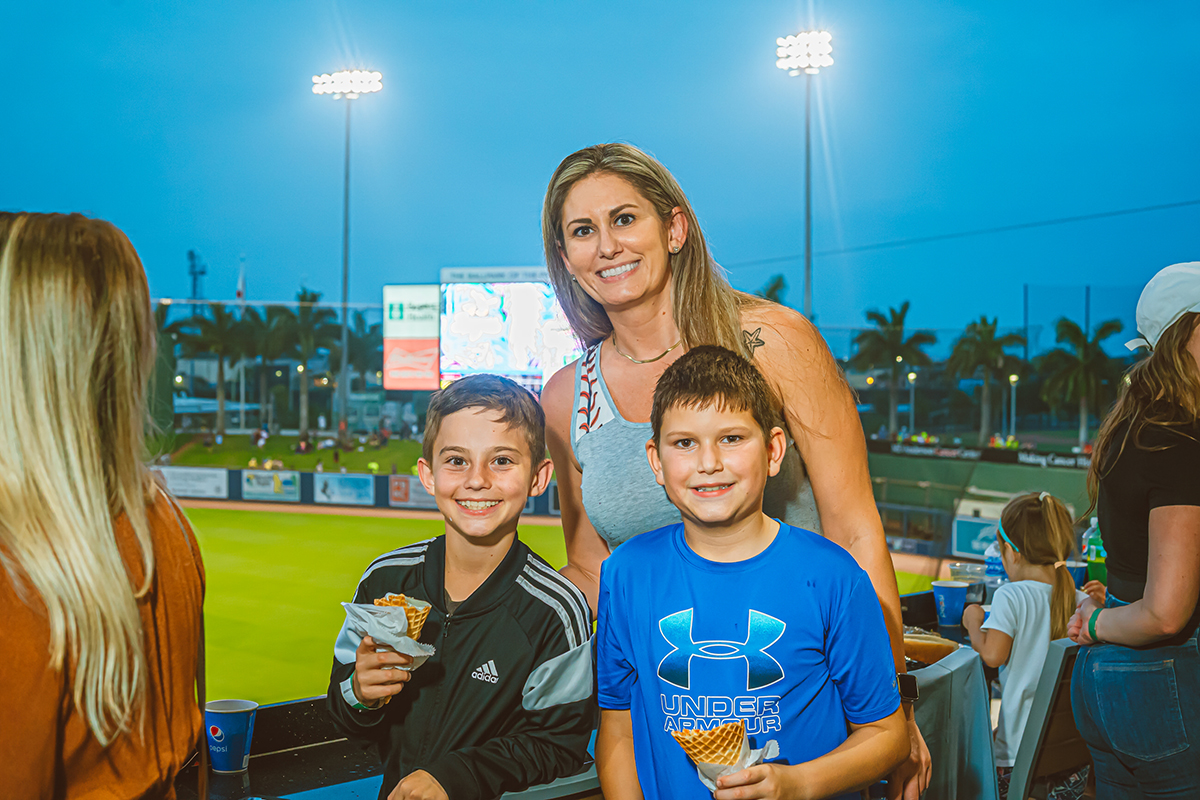
3. What does business growth and transformation mean to you as a Director, and how do you approach it differently than through traditional business strategy?
To me, business growth and transformation go beyond metrics and revenue, they’re about evolving with purpose. It’s not just about getting bigger; it’s about getting smarter, more aligned, and more impactful. I think of growth as a continuous process of learning, listening, and adapting, both internally and externally.
Where traditional strategy often leans on fixed goals and long-term plans, I take a more human-centered approach. I focus on creating meaningful relationships, spotting emerging needs, and helping our team stay flexible in how we respond to opportunities. Growth isn’t a linear path anymore. It’s layered with brand perception, culture, technology, and trust.
So I see my role as a connector: between departments, between 2TON and the client, and between what’s happening now and what’s coming next.
4. Can you share an example of a major industry change that challenged your team, and how you successfully navigated it?
When the pandemic hit in early 2020, in-person meetings disappeared overnight. Budgets froze. Projects paused. Nonprofits and businesses alike were in survival mode, not signing new contracts. We navigated it by focusing on repositioning our value to support clients with communication support, digital transformations and developing outreach tools. The short-term challenge pushed us to build a more flexible and resilient business development engine—one less reliant on geography or events, and more focused on human connection, digital presence, and strategic storytelling.
5. What’s your approach to fostering a culture of innovation within our team?
To me, innovation is rooted in our team's creativity, and creativity thrives when people feel supported, heard, and inspired by each other. Our approach is to create space for conversations and interactions where ideas can surface naturally, whether through collaborative working sessions, informal check-ins, or just giving someone the room to explore a new approach.
It’s less about forcing innovation and more about making sure the environment allows for it. That means encouraging cross-team dialogue, recognizing creative thinking in all forms (not just the final product), and creating a rhythm where we learn from each other consistently.
When our team feels safe to share, excited to contribute, and connected to each other’s ideas, that’s when the real magic happens. Innovation becomes a culture, not just a task.
6. Planning team events is an important part of fostering a strong company culture. How do you design experiences that keep teams engaged, motivated, and aligned with business goals?
When planning team experiences, my focus is always on creating space for connection, creativity, and growth, both individually and collectively. I believe that culture isn’t built in big, flashy moments; it’s built in consistent, thoughtful interactions that align people with each other and the larger purpose of the organization.
At 2TON, we’ve designed a mix of experiences that speak to different learning styles and personalities, from Summiton, our annual professional development event, to lunch & learns, guest speakers, and team events. These moments aren’t just about team bonding, they’re about sparking new thinking, building trust, and reinforcing our values in action.
7. Speaking of events, Summiton is a huge part of 2TON’s culture. What’s your strategy for creating team events that are both memorable and meaningful for employees?
At 2TON, our strategy for creating memorable and meaningful team events starts with a clear purpose, to connect and grow our company culture. We create the experience with our team in mind, blending head and heart by combining vision-driven intention with fun, unforgettable moments. We design for emotional peaks like a Rose and Thorn, build in space for reflection, and focus on activities that reinforce our culture. Most importantly, we ensure the momentum carries forward into everyday work, so the event becomes a lasting source of energy and connection, not just a moment in time.
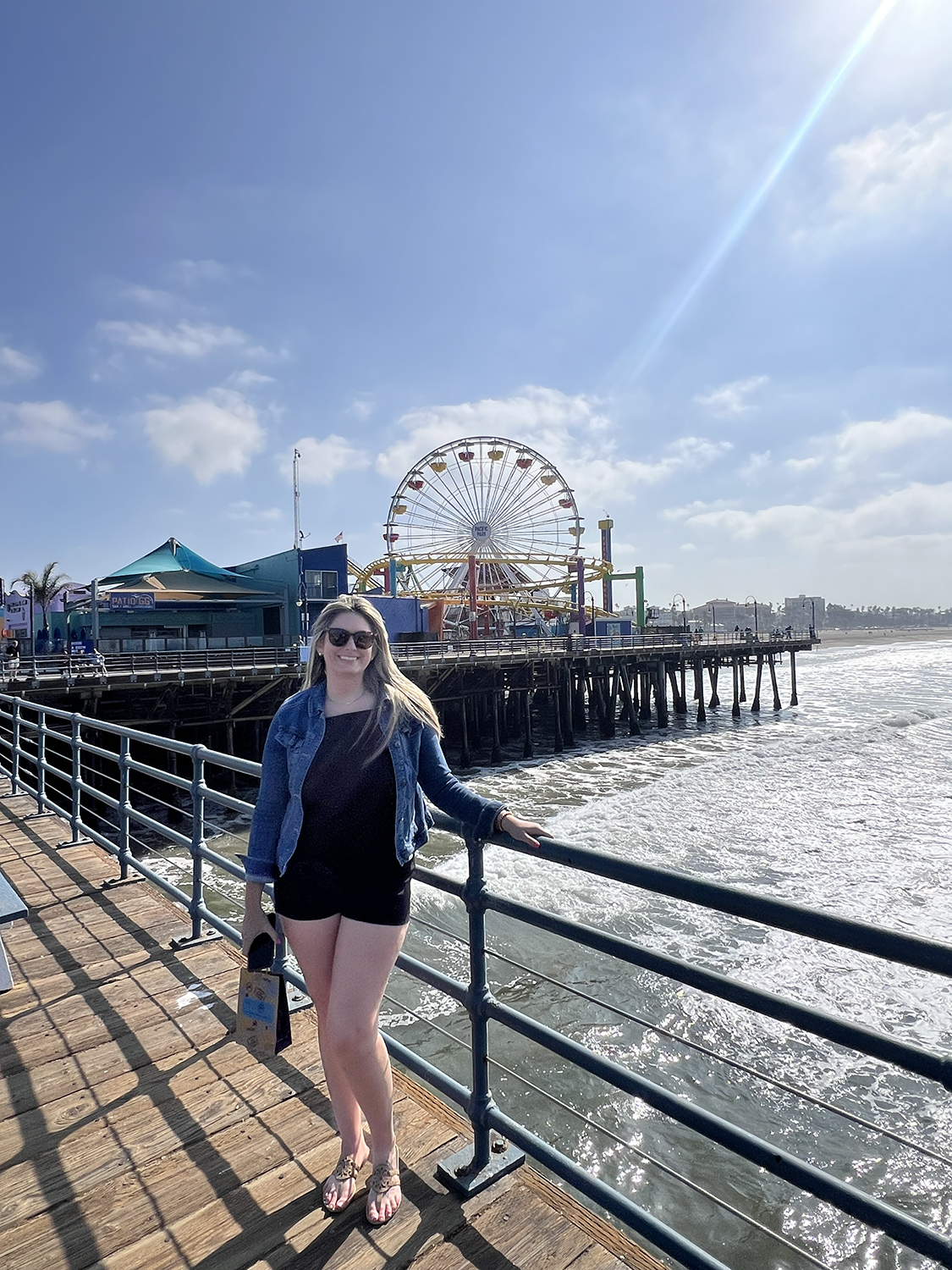
8. What advice would you give leaders who struggle with resistance to change?
My advice would be to first understand their position and why they may feel strongly about the change. It is important to meet them in the middle and go from there based on their comfort level as they open up to the new idea. Explain your why. People are more open to change when they understand the reason behind it. Tie the change to a bigger purpose or vision. Show how it connects to the organization's goals and individual/team success. Make it meaningful.
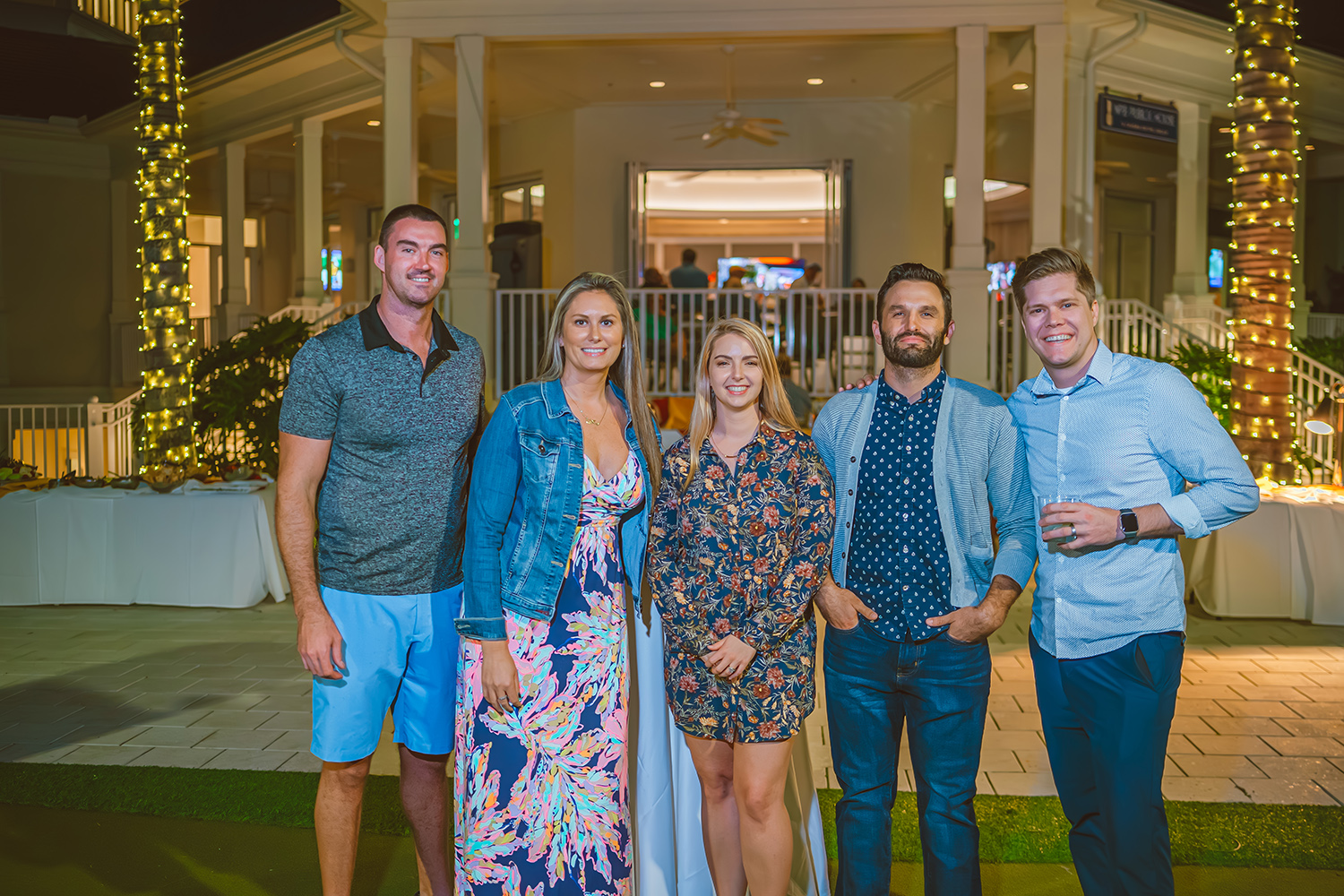
9. What role does collaboration play in driving business development, and how do you encourage cross-functional teamwork?
Collaboration is absolutely essential to business development. It’s not just about selling a service, it’s about creating solutions that work. That means we need insight from every corner of the agency: strategy, creative, development, marketing, and beyond. When those perspectives come together, we not only create stronger proposals, but we also build deeper, more sustainable client relationships.
To encourage cross-functional teamwork, I try to create space for input and collaboration before we get too far down the path. I also prioritize transparency, sharing context, goals, and even potential client concerns so the team feels ownership, not just execution. Ultimately, business development works best when everyone sees it as our opportunity, not just a department’s job.
10. Looking ahead, what trends or challenges do you think will shape the future of business development in the next few years?
Obviously, AI is changing all aspects of business so avoiding the “robot trap” and keeping it human for our clients and our team as relationships are key here at 2TON. Hybrid engagement is here to stay. Webinars, social selling, and digital handshakes are important, but so is knowing when to pick up the phone, grab coffee, or show up IRL (in real life). The key is knowing which channel fits which stage of the relationship.
Looking to grow with purpose and impact? Let's talk.
